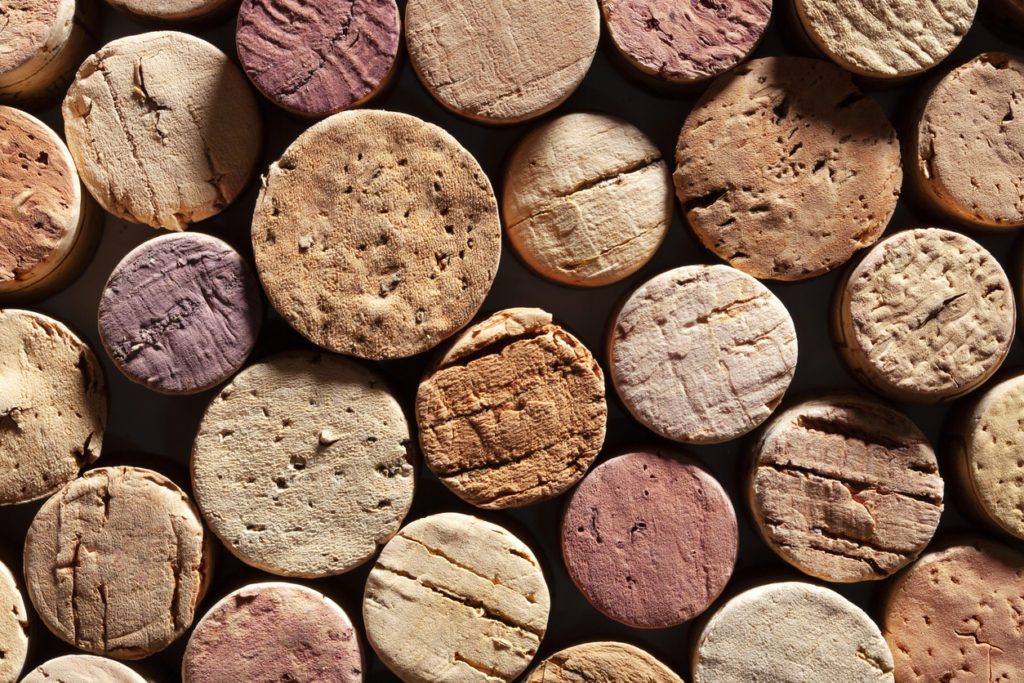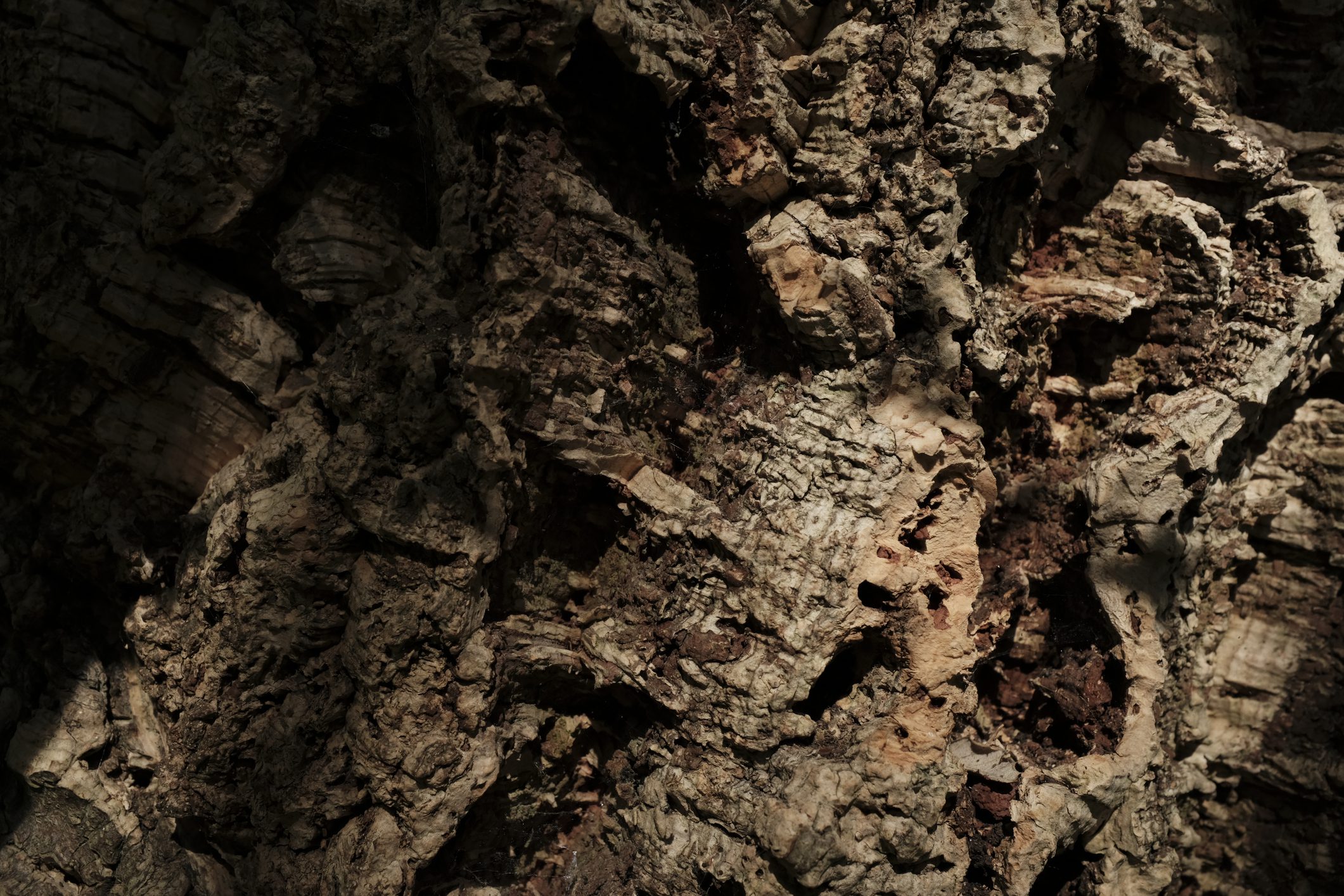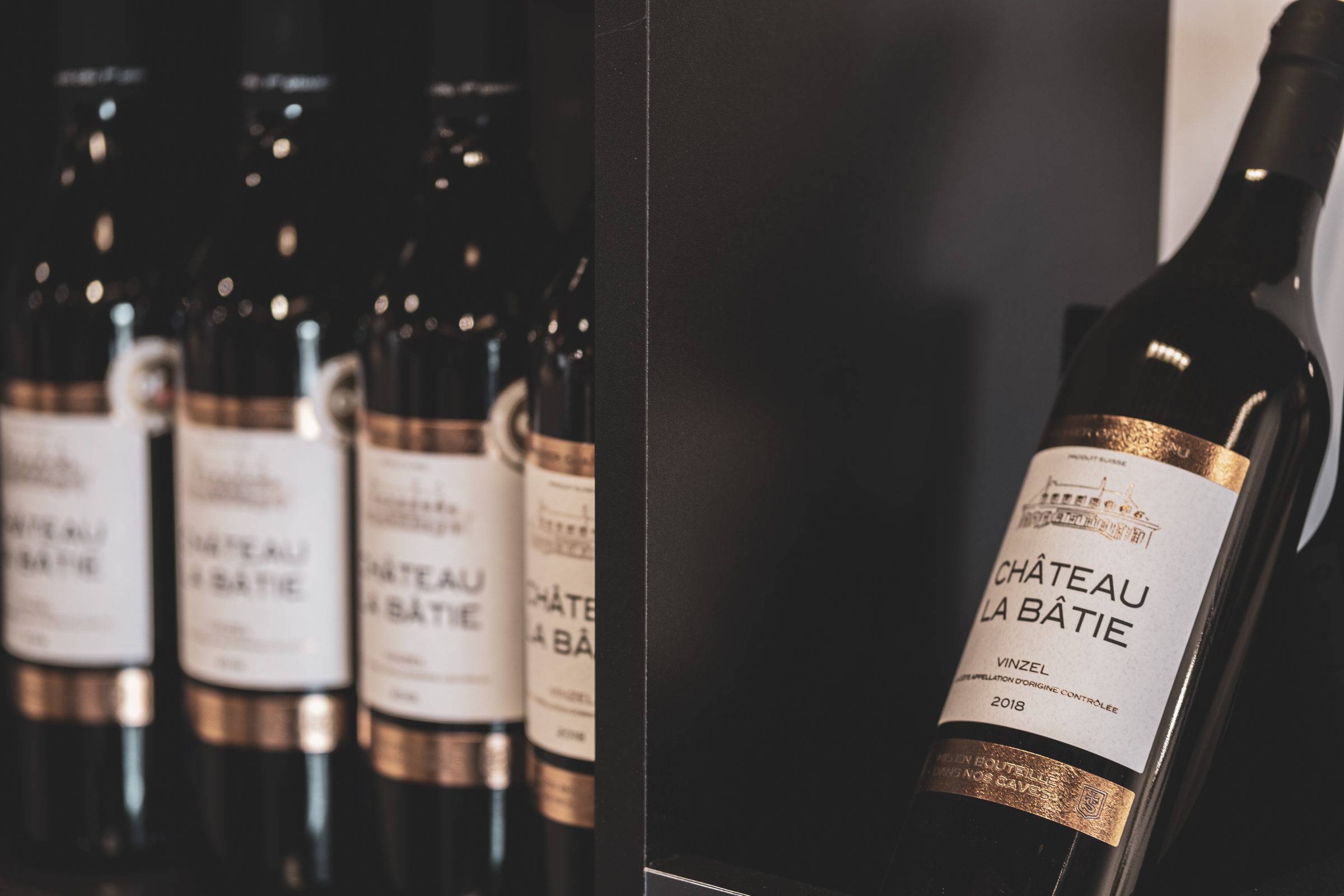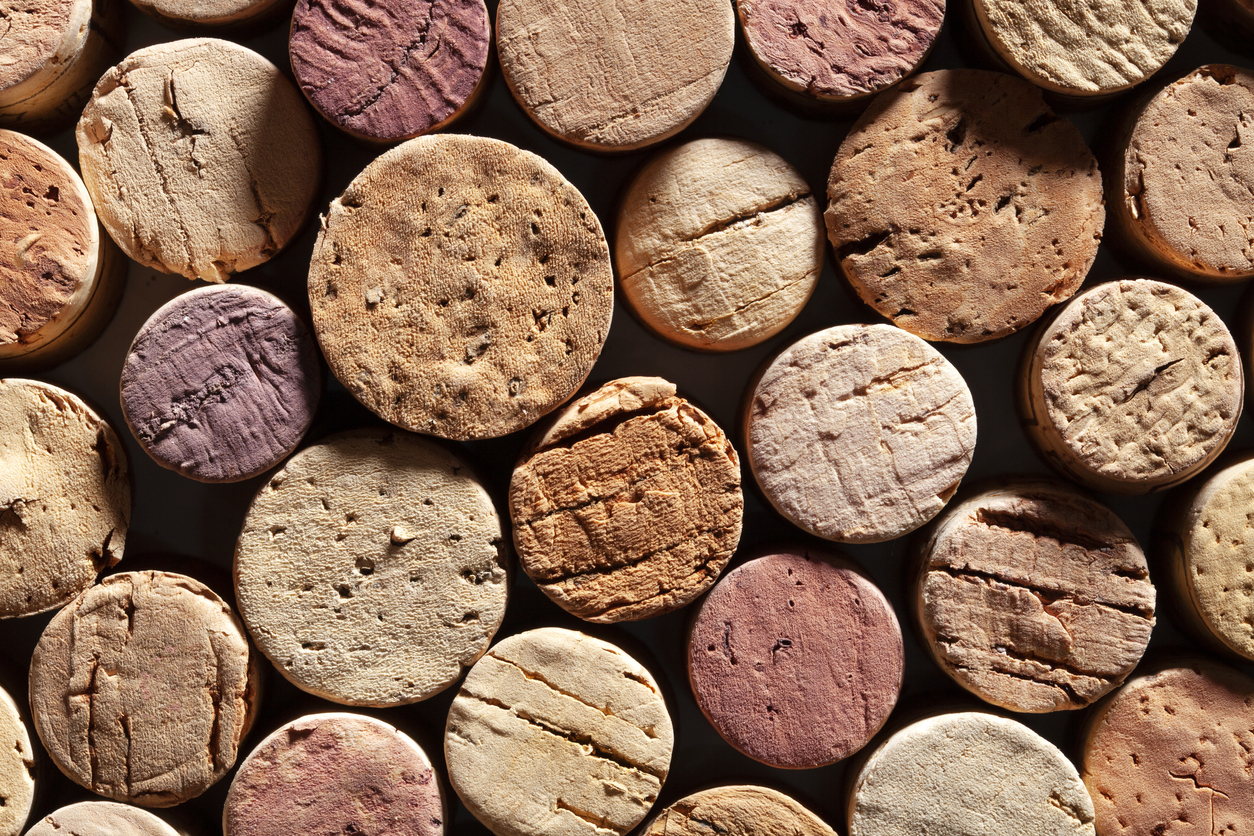Have you ever felt cheated by buying a bottle… with a screw cap?
In this article, we explain why the cork stopper isn’t quite as… romantic as it sounds. Why not give the screw cap a chance the next time it’s used to crown the wine you’ve chosen.

The cork stopper
Cork comes from the bark of the cork oak tree, grown in Portugal, Spain, Morocco and Algeria. Once the bark has been removed, it is dried, cleaned and cut into masses from which the cork or agglomerated cork granules are extracted.
The quality of a cork stopper depends on the quality of the original wood. The fewer the cracks, the tighter the seal. The sound when the bottle is opened, its natural origin, its authentic appearance… These are just some of the aspects of cork that make it so popular with the general public.
But we also forget that 3 to 4% of wine defects come from the cork, or rather from the TCA molecule that contaminates the wood. Agglomerated cork stoppers benefit from state-of-the-art technical processes that eliminate wood defects.

Nota bene
The oak has to reach an age of 25 to 30 years before we can remove the first bark, known as “male cork”, and then 10 years before we can harvest the quality known as “female cork”, which finally enables us to manufacture corks!
The screw cap
Because of its unnatural appearance, its obstructive silence or its lack of ritual, the screw cap gets a bad press in our latitudes… And yet, it abounds in advantages.
Completely hermetic, it does not betray the quality of the wine and will never degrade it. In fact, it’s the most permeable of all closures.
And even in the canton of Vaud, it’s said that you’ll soon get used to the melodic crunching sound it makes when you open it.


The synthetic cork
If the cork is still the most popular closure, you can bet that in the future, you’ll be a little more suspicious…
There’s also a third type of bottle closure: the synthetic cork. Made from plant-based polymers (not all yet, but increasingly so), they are less expensive to produce. It has the same advantages as its woody counterpart, and allows the wine to age gently, with a certain porosity in the cork that allows air to pass through, and thus a welcome evolution in the wine’s flavors.
The fact remains that the cultural aspect often plays a part in the appreciation of bottle closure. In Switzerland, a large proportion of our white wines already have screw caps. Whether or not this ease of opening outweighs the charm of cork remains to be seen.
But the easiest thing to do… is to finish the bottle and simply leave the closure off.

